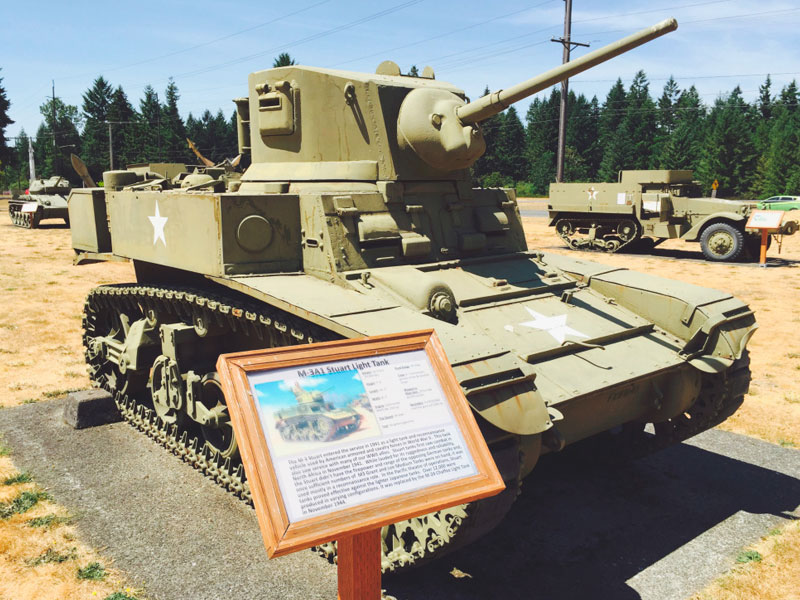
On the tactical side, the division served as a high-technology and motorized light-fighter warfare test bed. These included ending mess hall, or kitchen police (KP) duties, a more regular work week, and better living conditions. The division would test changes to the army routine to make it more attractive to a volunteer force. It would focus on recruiting soldiers from the Pacific Northwest, and the army guaranteed enlisted personnel that they would remain with the division for at least 16 months. It would be the first division formed entirely under the all-volunteer concept.Īs a "new" division the 9th could do many things differently.

Army in the 1970s and 1980s as it was transformed into a voluntary force and reshaped to fight a new type of war. The division would be critical in reshaping the U.S. Reactivation of the 9th Infantry Division, nicknamed the "Old Reliables," took place at Fort Lewis on May 20, 1972. With the end of the Cold War, the division was again inactivated in 1992.

The fast attack vehicle experiments failed and the division reshaped itself as motorized with High Mobility Multipurpose Wheeled Vehicles, or Humvees. On the operational side the division tested infantry fighting from fast attack vehicles.

The 9th would be the army's first all-volunteer division, with much of its force drawn from the Pacific Northwest. Quality of life improvements included dropping kitchen police duties and early morning physical fitness routines. It was last reactivated at Fort Lewis on May 20, 1972, as a test division for improving soldiers' quality of life in the new volunteer army and for testing "motorized infantry" innovations. It saw action in World War II and Vietnam, and over the years was inactivated and reactivated as the needs of the military changed. Army's 9th Infantry Division was first formed during World War I.


 0 kommentar(er)
0 kommentar(er)
